Economics for the new paradigm
When you get to know the design flaws in the current economic system, you may sense that it’s no use to attack them one by one. At the same time there’s a fresh wave of transition available to our designer tool kit:
- The power pyramid is collapsing and we fill in the empty space by taking responsibility in a bottom-up style.
- Take cooperation as a starting point, not competition.
What’s colour economics like?
Colour economy is aiming for both maximum recycling and minimal energy use. Awareness of matter, energy and the life cycle is expressed using three colors, the symbols of value:
Close the life cycle of products by reducing them (green). Prevent materials from escaping the cycle (blue). Do not use more energy for these cycles than the daily solar income (red). Use this simplicity to balance your life style.
In short, this is the consciousness in colour economy. Yes, this does resemble principles found in permaculture and circle economy. Read more in the summary or the book.
Colour economy can use a universal RGB-system based on sun flower oil. However, it is quite easy to make a different version, targeted at a region, target group or a specific core product.
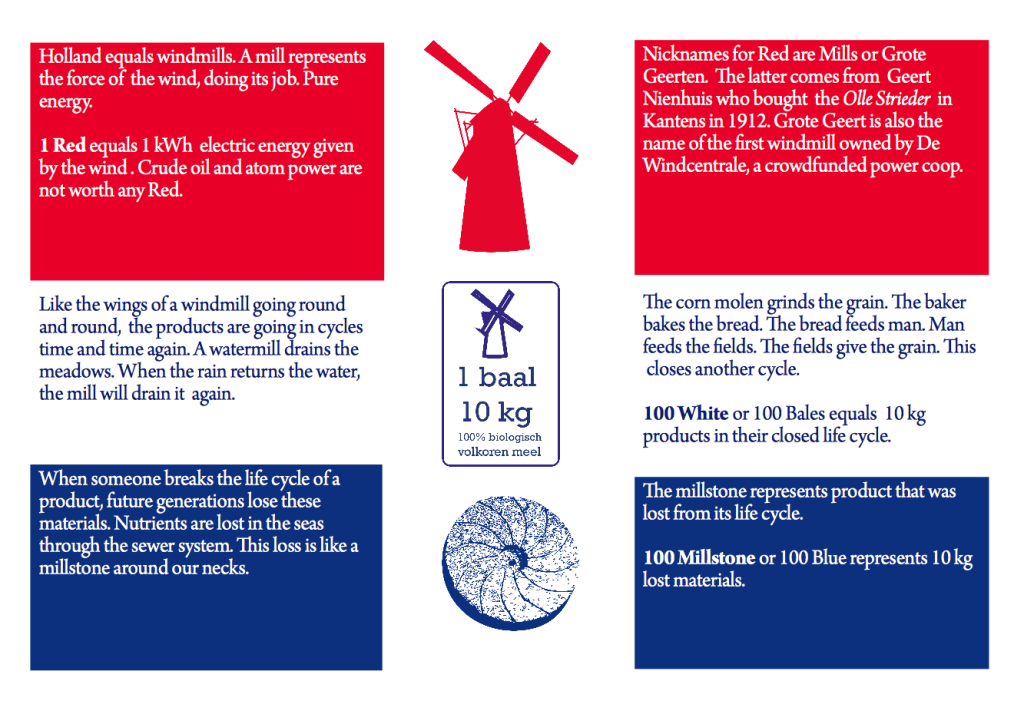
This Post Has 2 Comments
Comments are closed.
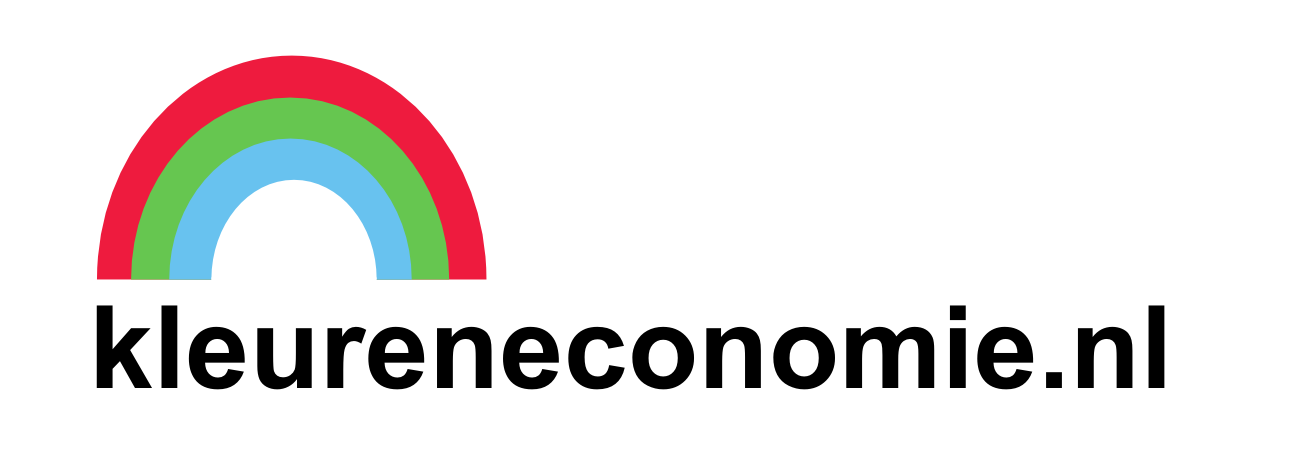
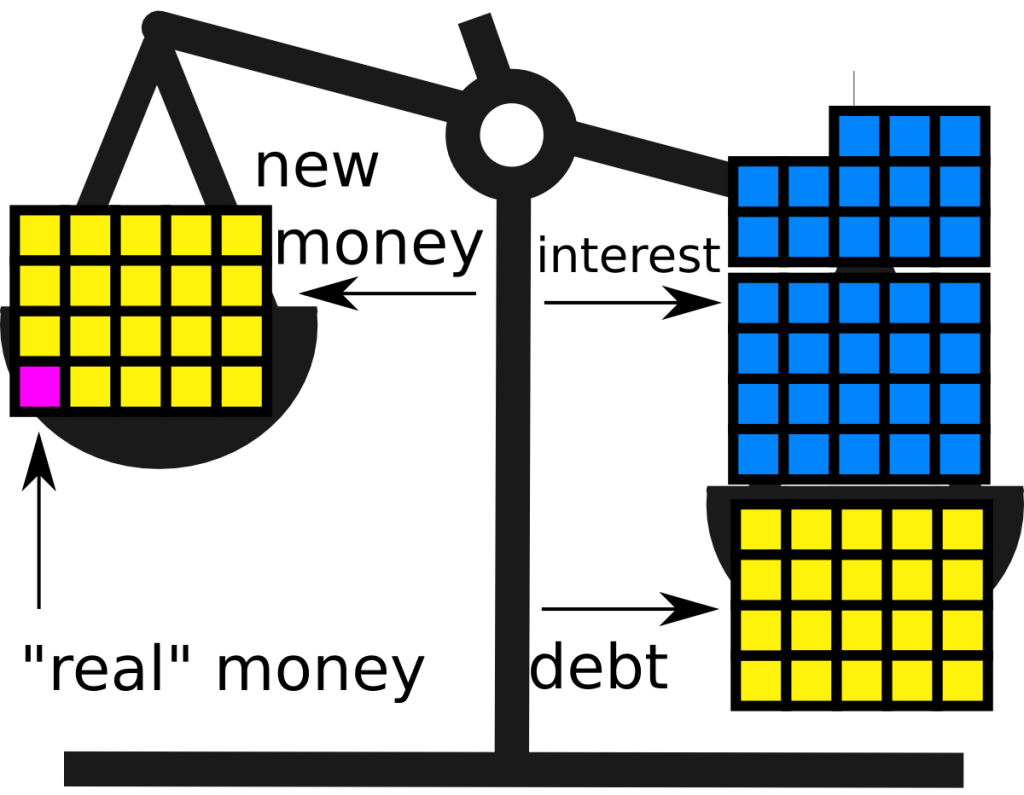
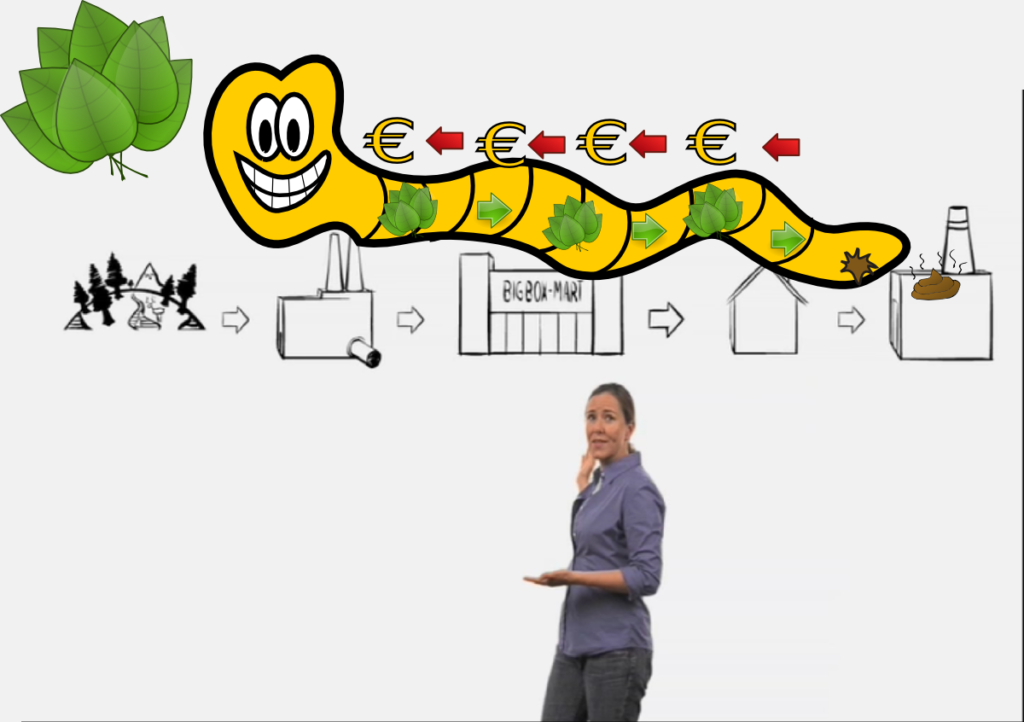
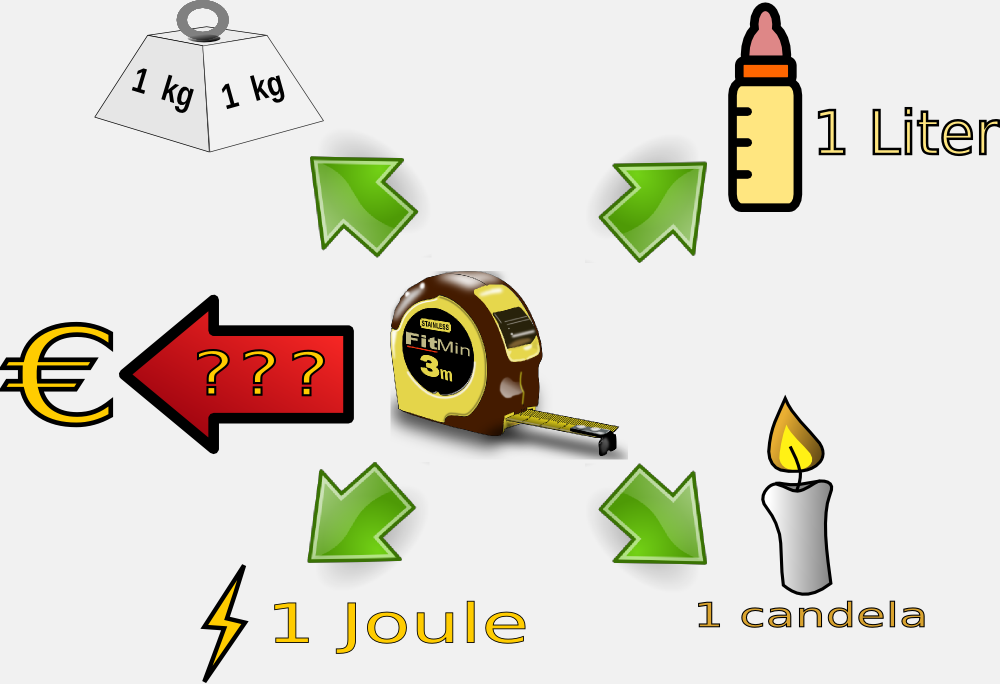
Pingback: 9-11 Jul – iWeek 2014 – Subscribe now!
Pingback: Transition Town Vallei